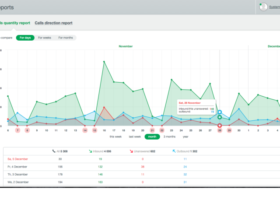Iran has been the target of economic sanctions by Western countries because of its nuclear program. Nevertheless, a study by Forex Magnates, which can be found in the latest quarterly industry report (QIR), shows that the number of Iranian investors who want to engage in margin trading in forex as well as CDF trading continues to grow.
Iran has the second largest economy in the Middle East region. There are three main venues for trading in the country: the Tehran Stock Exchange, the Farabourse for OTC transactions and the Iranian Commodity Exchange.
Western sanctions have forced foreign companies to look for new ways to trade with Iran. At the same time, most Western and international banks refuse to do business with Iranian financial institutions. However, despite the tough obstacles, a number of FX and CFD companies have managed to find alternative solutions to meet the needs of Iranian investors. The report (QIR) shows a wide range of funds that are actively used by traders.
Forex began operating in Iran over a decade ago and continues to develop actively. On the one hand, due to the inability to regulate FX, the Iranian authorities do not recommend to trade on it. Thus, there is an elimination of users who are engaged in trading. On the other hand, by actively using various news and information portals about trading markets, Iranian FX traders have improved their financial literacy. As a result, both factors have had a positive impact on users‘ trading and investment decisions, making them more serious and thoughtful.
Some foreign countries continue to be key trading partners of Iran, such as Dubai. For basic data on brokers and firms that trade with Iran, see our report.
You can find complete information on this topic in the quarterly review (QIR1) compiled by Forex Magnates. It contains useful, interesting and important information for professionals working in financial markets.







Leave a Reply